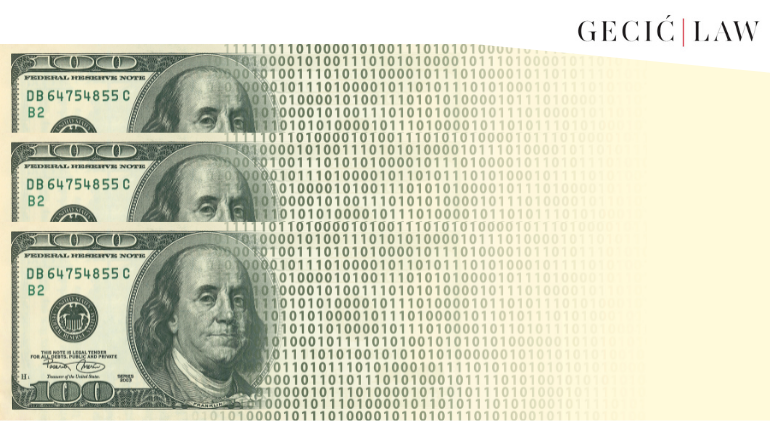

The US Federal Reserve published a document titled Money and Payments: The U.S. Dollar in the Age of Digital Transformation (“Paper”) in January. The Paper points out the pros and cons of creating the digital dollar in the form of a CBDC (Central Bank Digital Currency), to determine whether it could improve the US payment system.
As we explained in earlier texts on this subject, CBDCs are virtual records of existing fiat currencies. They represent the complete equivalents of currencies such as the euro, dollar, dinar, etc.
The Paper points out that the digital dollar would be a liability of the Federal Reserve. It should be designed in a way that the private sector offers accounts or digital wallets to facilitate the management of its holdings and payments. Thus, the Federal Reserve’s authority wouldn’t have to expand, which makes it clear that during the preparation of this document, there was talk about where the central bank’s limitations should be. Furthermore, the US digital dollar must be transferable, which makes sense given that it is a means of payment.
A large part of the Paper stressed that the digital dollar should be fully harmonized with anti-money laundering and anti-terrorism financing rules. Hence, it should enable user identity verification. This request sounds reasonable, however, given that the digital dollar is also a “digital asset”, it will be interesting to see how it will be implemented in practice. Especially since it should also be designed to protect the identity of its users. Maintaining the balance between these is a very important but also complex question. Given the meager practice of digital property legislation, not only in the United States but also in the rest of the world, we do not yet have a uniform conclusion on this issue.
Some of the benefits of the digital US dollar could be:
Of course, there is another “side of the coin”. The introduction of the digital dollar in the form of a CBDC as a means of payment could completely change the structure of financial markets and even lead to the destabilization of the financial system. In addition, cybersecurity and its potential misuse in the financial markets remain concerns.
Anyhow, the Paper is only one in a series of many steps towards CBDCs, and many questions on the matter cannot be answered yet. The public has been given the opportunity to submit their comments and suggestions related to this document by May 2022. After that, we will know more about what we can expect in the new age of digital transformation.